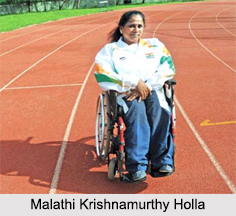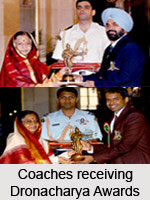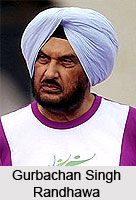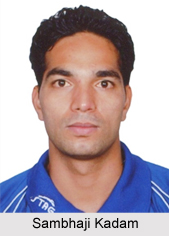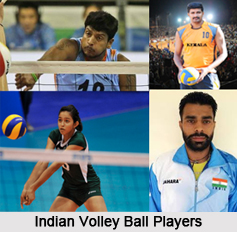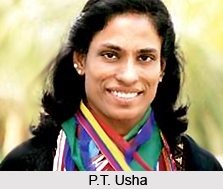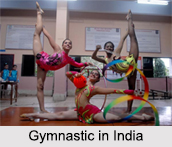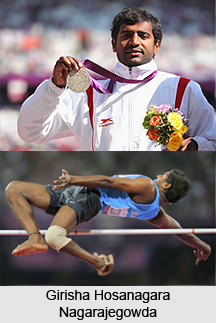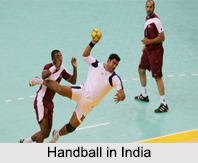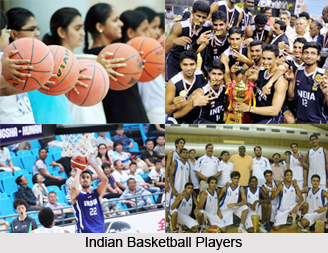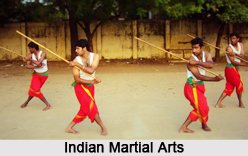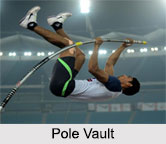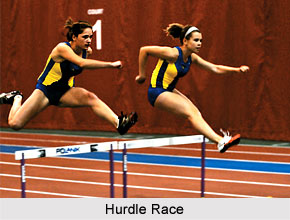 Hurdle race in a rudimentary form took place in the first Steeplechase event in 1850. The first instance of 120 yards hurdles race was in the Oxford University sports in 1864. Sheep hurdles were used thus giving rise to the common usage of the word "Hurdling". In the four hurdle events there are ten flights of hurdles. The details of the hurdles are given as follows
Hurdle race in a rudimentary form took place in the first Steeplechase event in 1850. The first instance of 120 yards hurdles race was in the Oxford University sports in 1864. Sheep hurdles were used thus giving rise to the common usage of the word "Hurdling". In the four hurdle events there are ten flights of hurdles. The details of the hurdles are given as follows
| Distance of race |
Height of hurdles |
Distance hurdles line |
Distance between |
Distance from hurdle to finsih |
For men |
| 110 |
1.067 |
13.72 |
9.14 |
14.02 |
| 400 |
0.914 |
45 |
35 |
40 |
For women |
| 100 |
0.840 |
13 |
8.50 |
10.50 |
| 400 |
0.762 |
45 |
35.40 |
40 |
Knocking down a hurdle unintentionally will not disqualify a competitor. The original rule, that a competitor overturning three or more hurdles should be disqualified, became obsolete after 1932. The IAAF stipulated that race hurdles should have a toppling moment of 3.6 kg at the centre of hurdle. Maximum width of a hurdle is 1.20 meter; weight of the hurdle is not less than 10 kg.
The hurdle races were first popularized in England in the 19th century. The first event held was actually a variation of 100 yard dash which included heavy wooden barriers as obstacles. After England, various other countries adopted this game as well. The French adapted the race into metric (adding 28 cm) and the basics of this race, the men`s 110 metres hurdles, has remained largely unchanged.
The modern regulations stem from the 1900 Summer Olympics: the distance was fixed to 400 m while ten 3-foot (91.44 cm) hurdles were placed 35 m apart on the track, with the first and final hurdles being 45 m and 40 m away from the start and finish, respectively. Women`s hurdles are a little lower at 84 cm for the 100 m event and 76 cm (2 ft 6in) for the 400 m event.
By far the most frequent events are the 100 metres hurdles for women, 110 m hurdles for men and 400 m hurdles for both sexes. The men`s 110 m has been featured at every modern Summer Olympics while the men`s 400 m was introduced in the second edition of the Games. Women`s initially competed in the 80 metres hurdles event, which entered the Olympic programme in 1932. This was extended to the 100 m hurdles at the 1972 Olympics, but it was not until 1984 that a women`s 400 m hurdles event took place at the Olympics (having been introduced at the 1983 World Championships in Athletics the previous year)
 Hurdle race in a rudimentary form took place in the first Steeplechase event in 1850. The first instance of 120 yards hurdles race was in the Oxford University sports in 1864. Sheep hurdles were used thus giving rise to the common usage of the word "Hurdling". In the four hurdle events there are ten flights of hurdles. The details of the hurdles are given as follows
Hurdle race in a rudimentary form took place in the first Steeplechase event in 1850. The first instance of 120 yards hurdles race was in the Oxford University sports in 1864. Sheep hurdles were used thus giving rise to the common usage of the word "Hurdling". In the four hurdle events there are ten flights of hurdles. The details of the hurdles are given as follows





